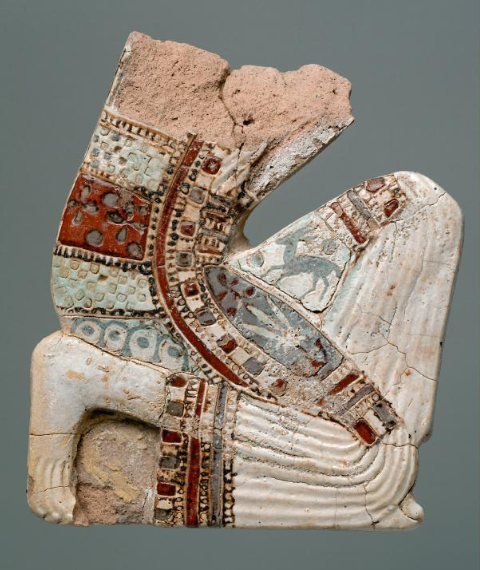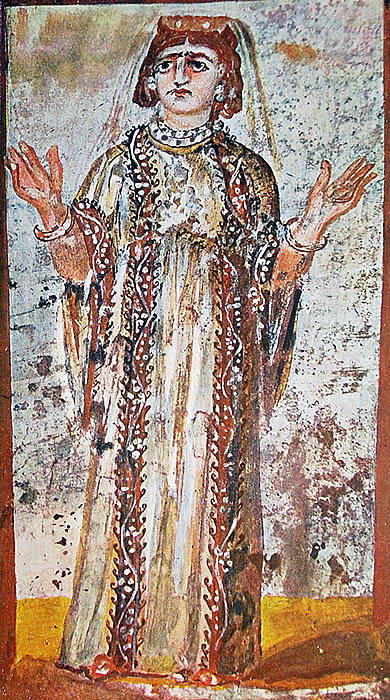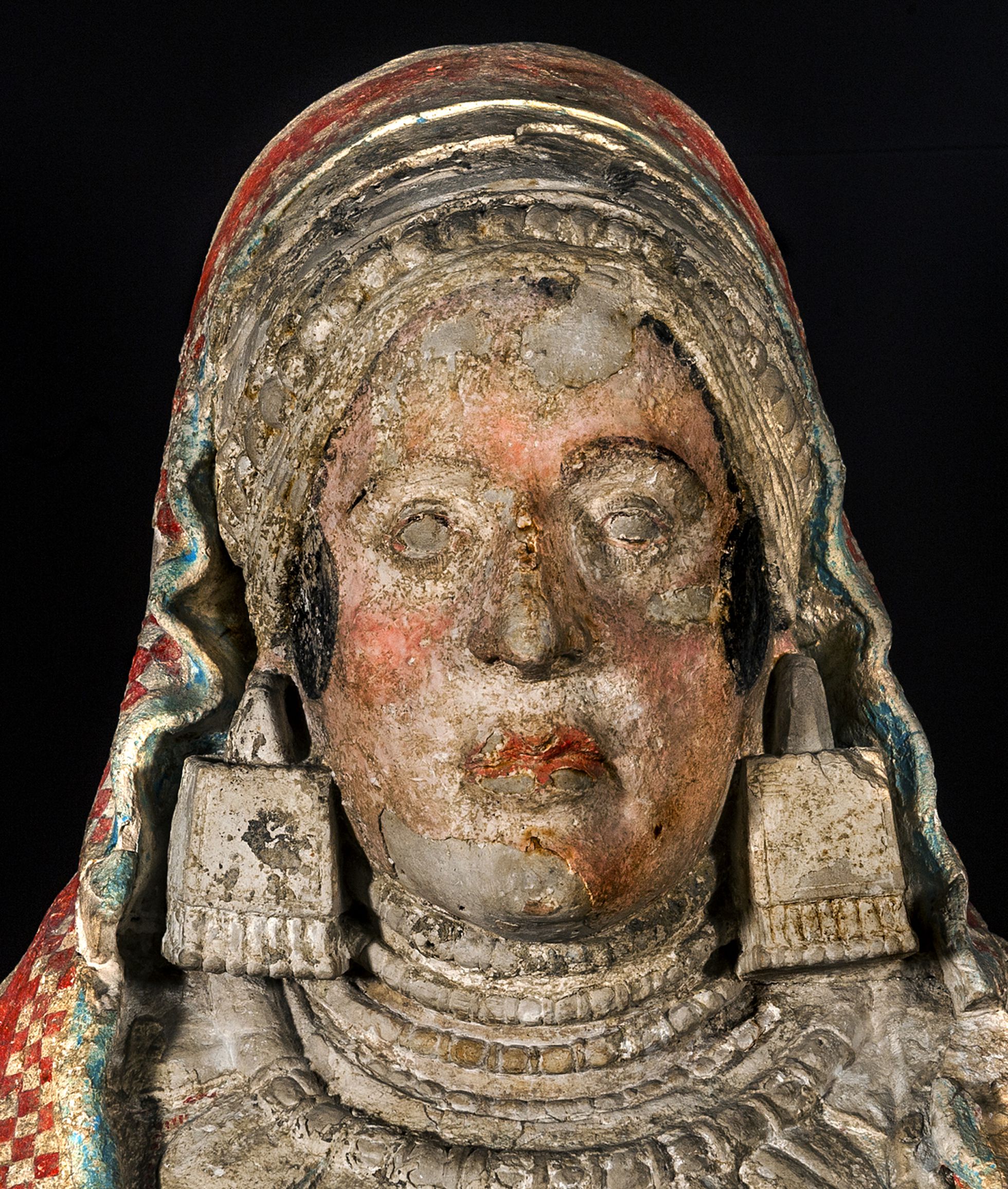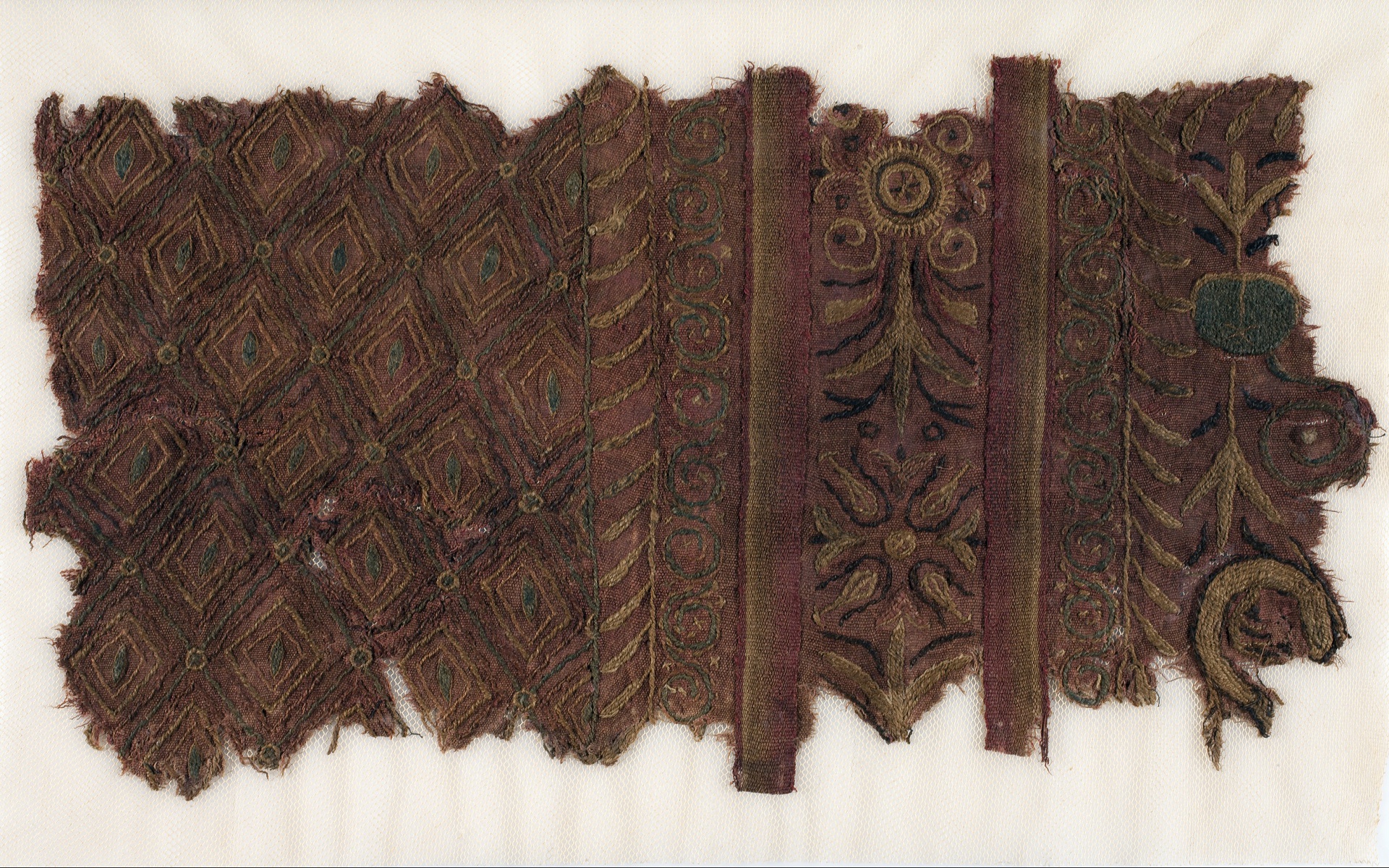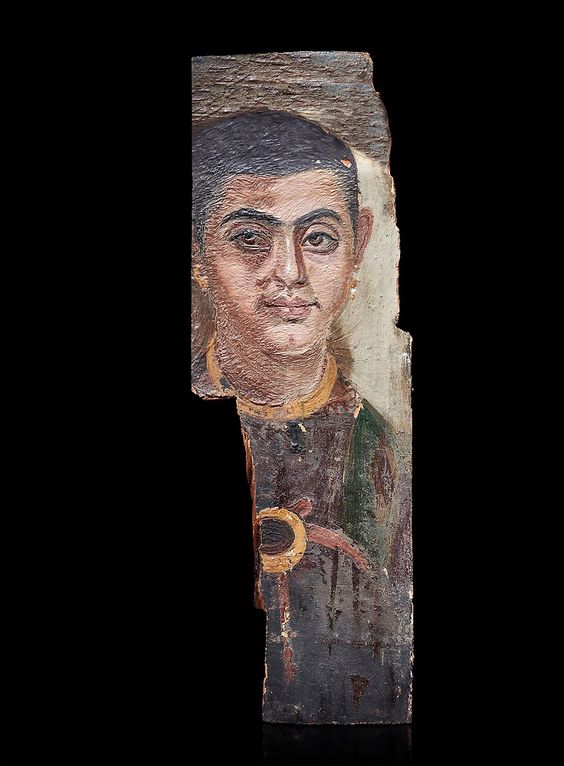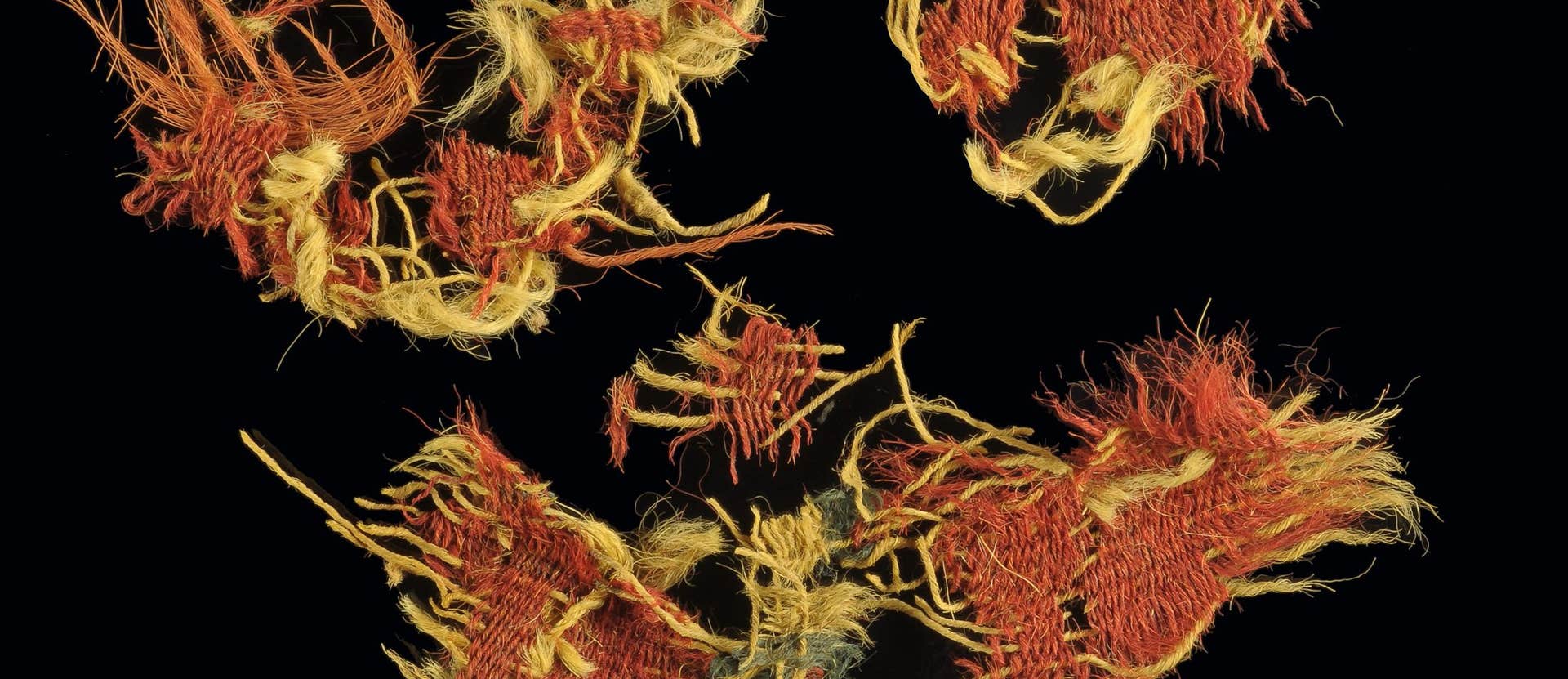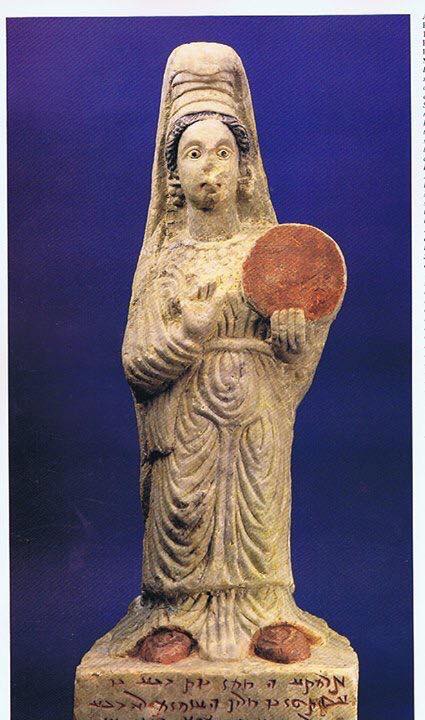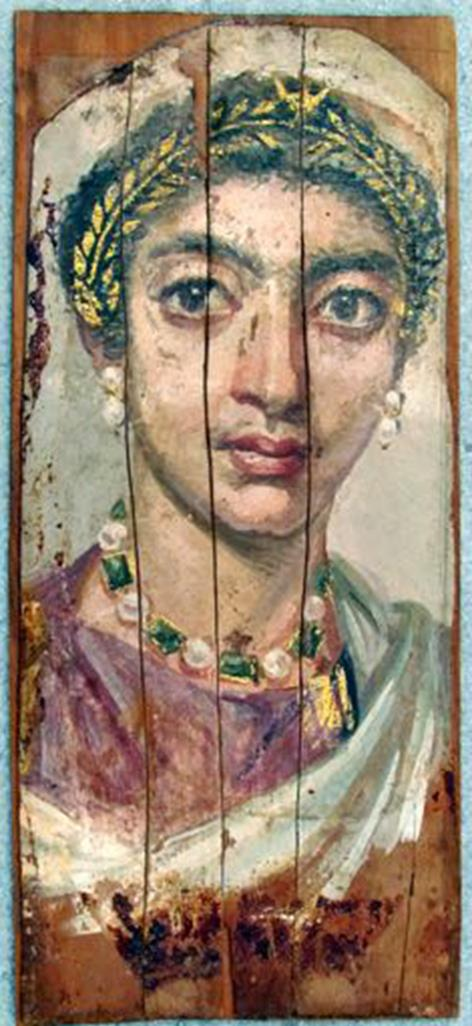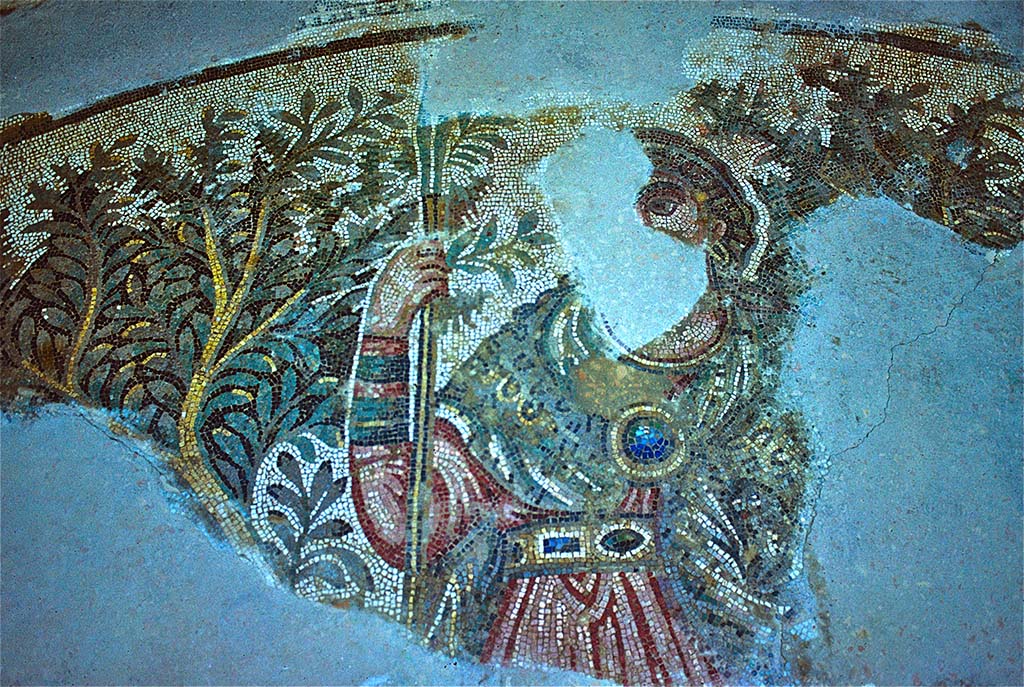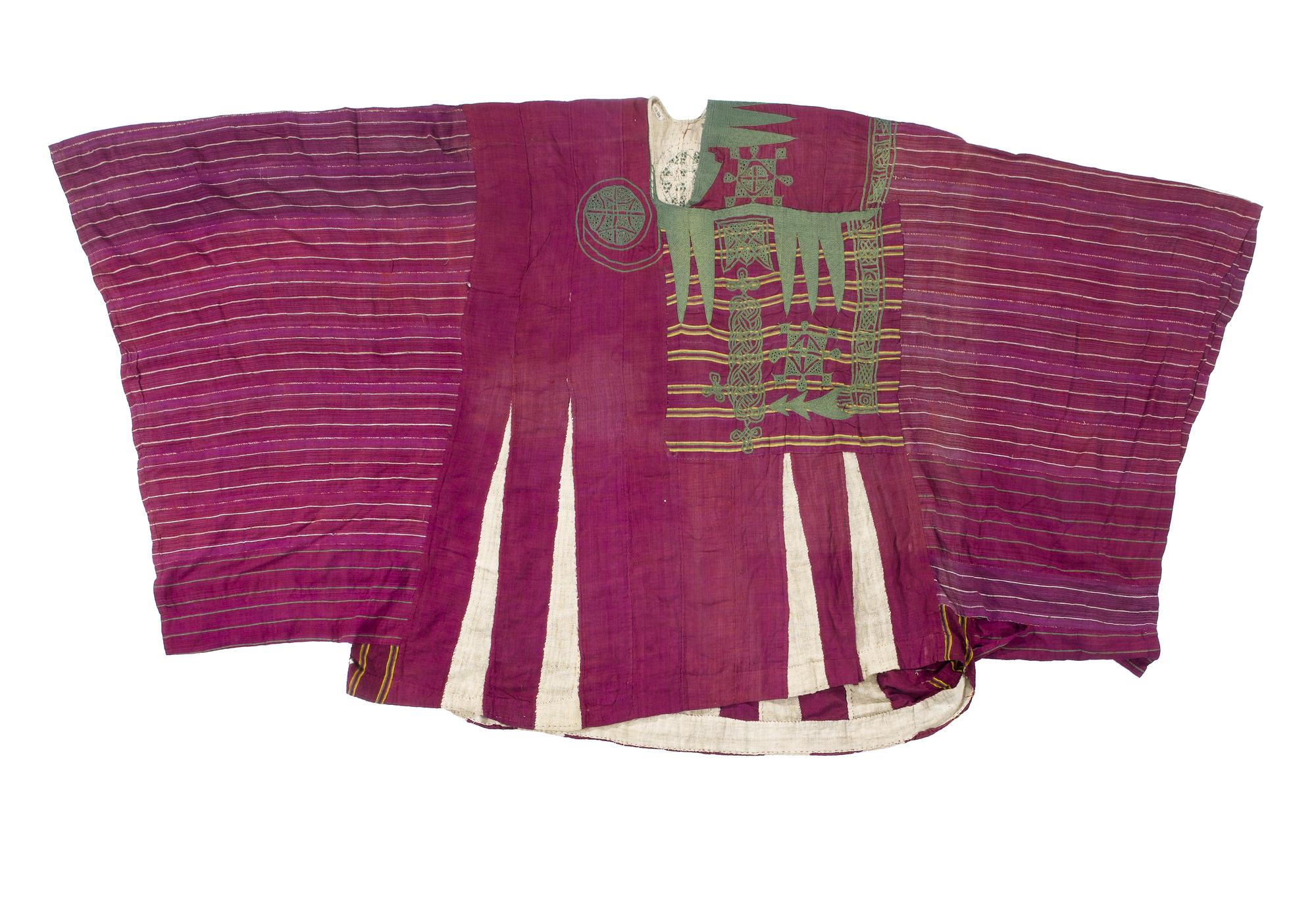Limestone figurine of a girl and a boy from the Boubasteion in Alexandria, kept in the Egyptian Museum in Cairo.
Description from “The early Greek presence in Alexandria” in “Macedonian elements in Alexandria” M. Abd El–Maksoud, A. Abd El–Fattah and M. Seif El–Din
“Particularly interesting are the children statuettes. It is easy to recognize their gender, boys are always naked, while girls are wearing a short sleeved, belted long chiton with strips to hold it. They are either sitting or standing. When sitting they are depicted in the well-known ‘temple boys’ schema, attested in Egypt from where it spread all over the Mediterranean area (Cyprus, Lebanon and Greece).”


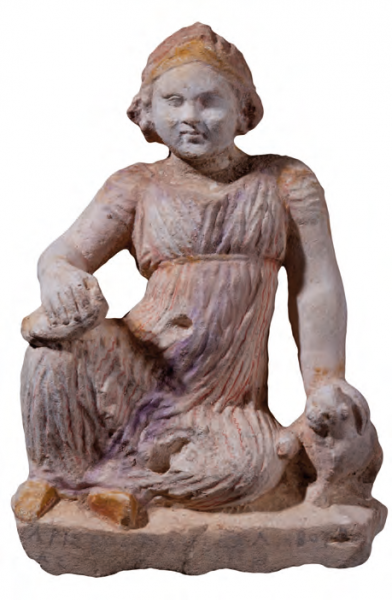
Fig. 26 Seated little girl, limestone, inv. 147. H. 20 cm; width from the base 11.6 cm. First deposit.
Description from: The excavation of the Boubasteion in Alexandria: preliminary presentation; Mohamed Abd El-Maksoud , Ahmed Abd El-Fattah and Mervat Seif El-Din https://books.openedition.org/pccj/1387
“A statue of a young girl (fig. 26) is exceptional for its polychrome, the appearance of which can be seen during the discovery. She sits on a base with her legs folded, holding a bird in her right hand and resting her left hand on a kitten. She is dressed in a chiton with a high waistband and cords that pass under the armpits, short sleeves and a loose V- neckline. A large stephane diadem with a golden point, a sign of celebration as for the preceding young boy, crowns the head. The hair is short and curly, parted in the middle of the forehead. The feet are shod in red boots. The polychrome accentuates and emphasizes the details of the clothes and the face. The fine folds of the chiton are painted dark red, rendered in a zigzag fashion, while the large central fold, which runs down from top to bottom, is dark purple with a black zigzag in the middle. A Greek inscription is painted on the base in black paint, “ΑΡΙΣΤΟΒΟΥΑΗA ΒΟΥΑΗ ΒΟΥΒΑΣΤΙ ΕΥΧΗΝ” (faulty repetition of the second part of the name).”

Fig. 24 Seated little boy, limestone, inv. 154. H. 35 cm. (photo A. Pelle [CNRS])
“Another statue of a very young boy in limestone (fig. 24), seated on a rectangular base, has smiling features and a natural pose, attested from the classical period on Attic vases with red figures. The left leg is resting on the ground, the right leg raised, the foot placed flat. He holds a bird tight against his thigh in his right hand, an indistinct object in his left hand. The plump forms refer to early childhood (2-3 years), the stephane diadem with a central golden tip and traces of gilding on the body suggest that this votive offer refers to an exceptional event, such as the passing of an age group. We note the richness of the polychrome: blue for the bird, dark red on the hair and lips, black on the pupils of the eyes.”
SOURCES
- The early Greek presence in Alexandria in “Macedonian elements in Alexandria” M. Abd El–Maksoud, A. Abd El–Fattah and M. Seif El–Din
- The excavation of the Boubasteion in Alexandria: preliminary presentation; Mohamed Abd El-Maksoud , Ahmed Abd El-Fattah and Mervat Seif El-Din https://books.openedition.org/pccj/1387
- Elena Ghisellini Lo “Scultore di Boston”: un artista attico ad Alessandria. Sul contributo di Atene alla formazione del linguaggio figurativo alessandrino, in “Bollettino d’Arte” 22, 2014, pp. 1-20 academia.edu
- F. Queyrel, Le garçon du Cricket et les enfants d’Alexandrie, dans Alexandrina 4, J.-Y. Empereur éd. (Etudes Alexandrines 32), Alexandrie 2014, p. 131-161 academia.edu

